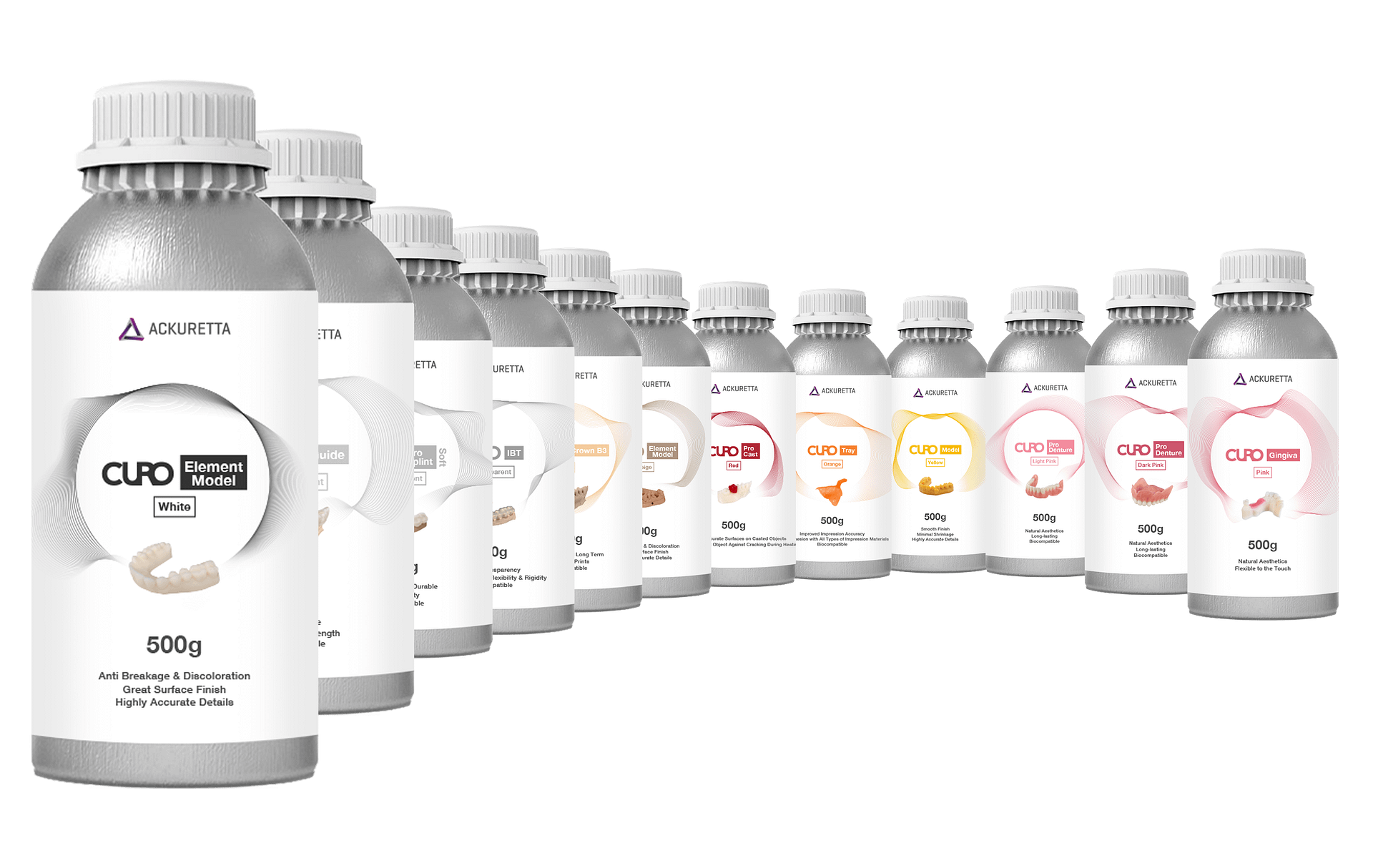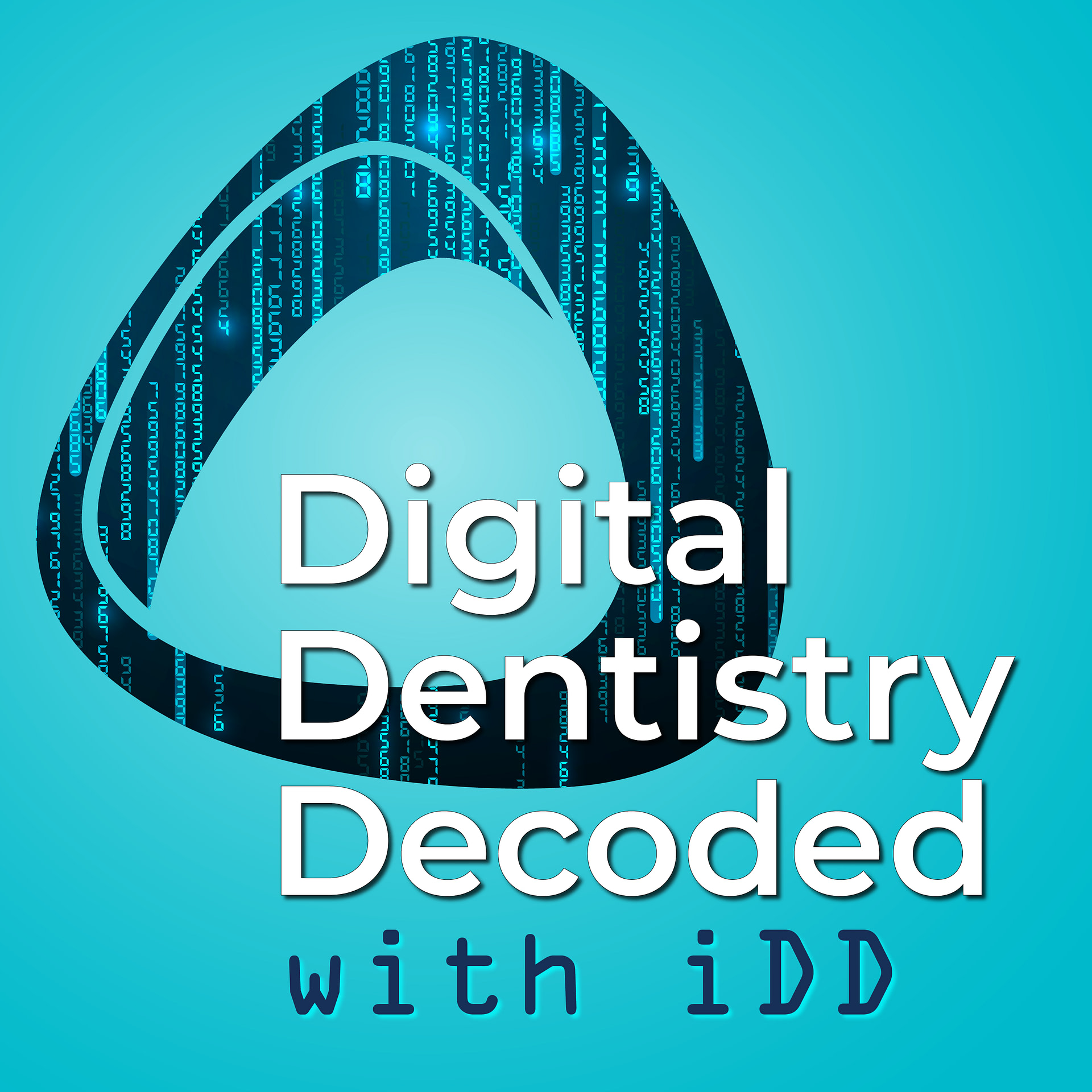Following our fascinating discussion with SprintRay's Amir Mansouri about the revolutionary Midas printer in Episode 3, we welcome back Ackuretta founder and CEO Ayush Bagla to the iDD Podcast for another insightful conversation about the future of 3D printing in dentistry.
Having previously joined us in Season 1 to discuss the company's early developments, Ayush returns to share his perspective on the rapidly evolving landscape of dental 3D printing.
Listen to the episode below, or continue scrolling to read this episode’s highlights:
Listen on Spotify
The Current State of 3D Printing
Ayush notes 2023 has been a testing year for the 3D printing industry. Various geopolitical factors, including conflicts in the Middle East and Ukraine, economic challenges in Europe, and upcoming US elections, have all impacted market dynamics.
Despite these challenges, Ayush notes that it's been "a very good year in terms of developments and releases from different companies to take the industry to the next step."

We're seeing significant changes in the industry landscape, with several major dental companies exiting the hardware space:
"Planmeca is a good example. BEGO is another example. WhipMix is another example. Those are big names, with global presence and they're not in this race anymore."
Market Adoption Challenges
While countries like the US, Canada, and Australia show promising adoption rates, most other countries remain in single-digit adoption figures for chairside printing. This disparity reflects the ongoing challenges in making 3D printing technology accessible and user-friendly for dental practices worldwide. A key challenge is the complexity of the printing process.
As Bagla Ayush: "There's at least 10 decisions that a user needs to make to get one print correct. I think that's too many. And as long as those decision criteria reduce, we will see the adoption increase."
The Importance of Post-Processing
One of the most surprising revelations from our conversation was about the significance of post-processing in achieving accurate prints. According to Ayush:
"Only 20% of the curing that's taking place in the process is happening on the 3D printer while 80% of the curing is happening at the post-process or at the post-curing station."
He also shared an important insight about over-curing:
"Certain users believe that if you can over-cure a resin, it's going to be safer than under-curing. However, we've done tests to prove that it's quite the opposite. The over-curing can result in more toxicity than under-curing does."
Innovation in Post-Processing
A significant development discussed was Ackuretta's nitrogen generator, NFinity, addressing the challenges of traditional nitrogen tank management in the curing process. This innovation is particularly important for specific applications:
Class 1 materials (under 30 days in mouth):
- Surgical guides
- Custom trays
- IBT
Class 2 materials:
- Splints
- Dentures
- Crown and bridge materials

Ackuretta's CURIE Plus and NFinity Nitrogen Generator
Ayush further explains:
"Class two materials... We believe, at least from our studies, that there is a benefit to use nitrogen. The primary benefits are in two application categories: one is for transparent, relatively transparent or translucent finishes on your splint or guide, and the second one would be on the restorative cases, both for aesthetic and for mechanical strength."

Looking ahead to 2024
Ayush shared exciting developments planned for 2024, including:
- A new line of materials focusing on restorative applications
- Additional modules for their Alpha AI software
- Larger printing solutions for customers with higher volume needs
The focus remains on addressing the restorative market, with Ayush noting:
"50 million crowns a year are placed. There's almost 10 million people in the world who require full dentures. So with that in mind we are looking to make machine material software solutions to cater to those specific market needs."
Industry Transformation
The dental technology landscape is experiencing significant changes. Ayush shared a striking statistic about the laboratory sector:
"In North America, 15 years ago, there's 15,000 labs. Today it's less than five thousand."
This transformation, coupled with the closure of dental technician schools in Europe, indicates a sign of the times. Are less people interested in becoming dental technicians? Or is this change driven somewhat by the shift toward digital solutions.
Conclusion
As we continue to track the evolution of digital dentistry, it's clear that the focus is shifting from hardware capabilities to comprehensive solutions that emphasize user experience and workflow integration.
While challenges remain, particularly in adoption and ease of use, ongoing developments in materials science, automation, and post-processing suggest a promising future for dental 3D printing.
Stay tuned for our next episode of Digital Dentistry Decoded, where we continue to bring you insights from industry leaders shaping the future of digital dentistry.

